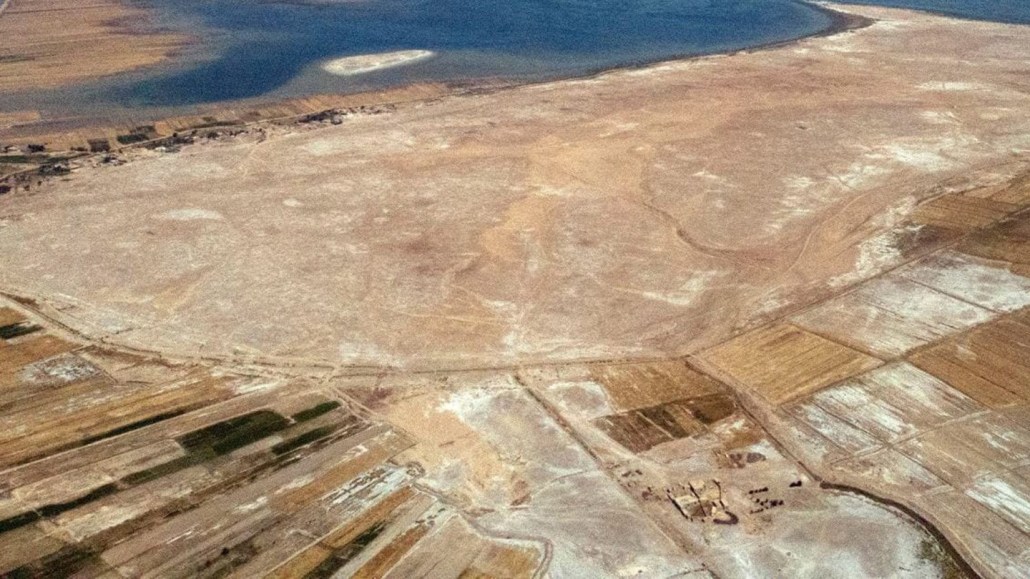Drone photos reveal an early Mesopotamian city made of marsh islands
This urban settlement had neither a city center nor a surrounding defensive wall

New remote-sensing studies at southern Iraq’s massive Tell al-Hiba site, shown here from the air, support an emerging view that an ancient city there largely consisted of four marsh islands.
Lagash Archaeological Project